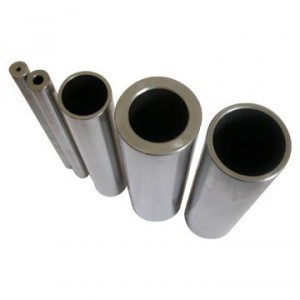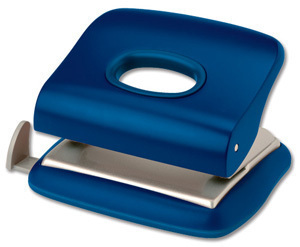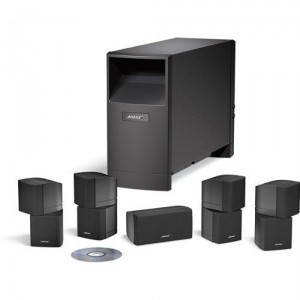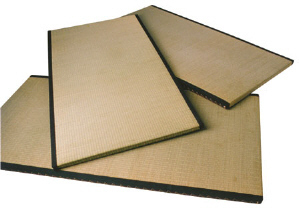Steel Pipe Dimensions
In the United States, steel pipe sizes are measured using the NPS (nominal pipe size).  The NPS is utilized both for pressure and the temperature as well.
The NPS is utilized both for pressure and the temperature as well.
The NPS and Schedule
The NPS uses inches to measure the pipe. The dimensions are also taken using the schedule (abbreviated as sched, sch or SH). The NPS is used in North America only. In Europe they use DN (nominal diameter).
The NPS is sometimes referred to as the nominal bore. Using the schedule and the NPS, the pipe dimensions can be attained. However there are numerous standards being used today. If you look up a reference table you’ll see some using the ASME standards.
An example of steel pipe size is NPS 14 sch 40. This means the pipe possesses an outer diameter of 14 in. it also has a 0.437 in. Keep in mind that the NPS and OD dimensions are not the same.
NPS and OD
For NPS 1/8 up to a foot, the NPS and OD are not equal. If you see a pipe marked NPS 12, it is actually rounded off. The actual measurement is 12.75 in. This is not the case with tubing; the OD specified is always the same.
Only when the NPS goes up 14 in are the NPS and the OD the same. The reason is that the NPS was originally designed to give ID (inside diameter) figures. But as the wall thicknesses changed, the NPS was altered. That’s why the NPS steel pipe size has these discrepancies.
The Schedule
While the OD remains the same, the wall thickness does not. For example, the OD will grow along with the NPS, while the wall size will go up with the schedule. Based on the ASME B31.3 Process Piping, additional NPS and increased schedule will reduce the pressure.
Other Pipe Specifications
Some specifications like XS, STD and XXS actually belong to older systems like the IPS. It’s still used by some because the numbering system used in IPS is the same as that of NPS. Some pipes have an S affixed to it (i.e., NPS Sch14 S). This is indicative of stainless steel pipes.
Pipe Standards
Aside from the steel pipe size, the standards vary. For pressure piping the ASME B31 series are enforced in the United States and Canada. Pipes need to be subjected to a battery of tests to meet these standards.
These tests will include checking their chemical composition and others. The findings are usually sent to labs for further validation. Only when they pass these tests can the pipes be used.
Some standards used are the ASME SA106 Grade B (seamless carbon steel pipe for high temperature service), ASTM D3033/3034 (PVC Pipe) and the ASTM A312 (seamless and welded austenitic stainless steel pipe). There are other standards used in Europe and elsewhere. Some countries utilize other measuring systems and designations.
The various steel pipe sizes available are designed for very specific uses. If you’re going to use a pipe make sure you get the pipe with the appropriate dimensions.





